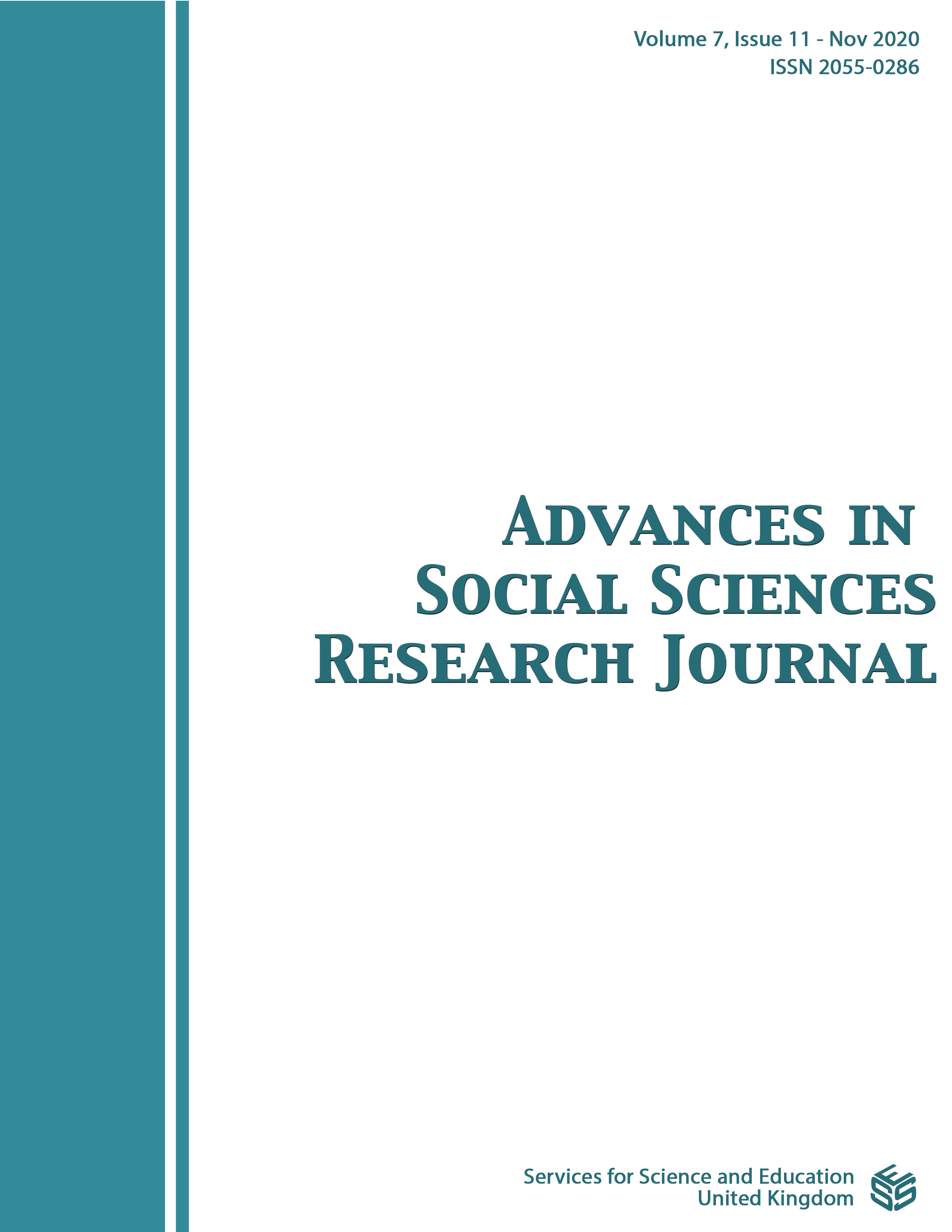Image Promotion on Instagram by Female Students in some Nigerian Universities
DOI:
https://doi.org/10.14738/assrj.711.9177Keywords:
Instagram posts; Body image; Female undergraduates; Self dissatisfaction;Self objectificationAbstract
The study investigated the Influence of Instagram Posts on the Body Image of Female Undergraduates in selected universities in southwestern Nigeria. It focused on the exposure of young females to “ideal” beauty standards portrayed on Instagram and the influence it has on them. The survey research design was adopted and questionnaires were used for data collection. The research instrument was administered on 285 respondents randomly drawn from five faculties of Afe Babalola University and Ekiti State University, both in Ado Ekiti, southwestern Nigeria. Social Comparison, Technological Determinism and Uses and Gratification Theories were used in the study. Three hypotheses were tested at 0.05 significance level. Chi-Square inferential statistics was used to determine results. With P-value 0.000126 < 0.05, it was concluded that Instagram posts have a significant negative influence on the body image of the respondents. The influence of body related posts on Instagram encourage young females to desire to conform to the “ideal beauty standards”. Hence, Instagram or social media should give a fairer and realistic representation of female body images without necessarily creating “beauty standards” to be achieved by these young female students. However, young female students should be selective in adopting certain beauty standards on Instagram. Parents and other moral organizations should sensitize the young females to the negative consequences of body image dissatisfaction and objectification
Downloads
Published
How to Cite
Issue
Section
License
Authors wishing to include figures, tables, or text passages that have already been published elsewhere are required to obtain permission from the copyright owner(s) for both the print and online format and to include evidence that such permission has been granted when submitting their papers. Any material received without such evidence will be assumed to originate from the authors.






